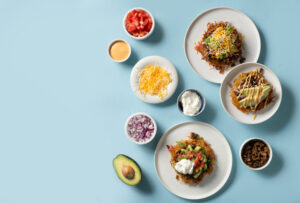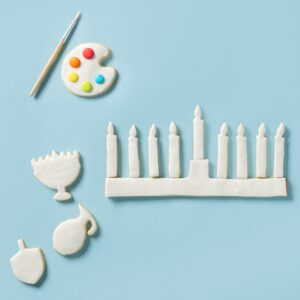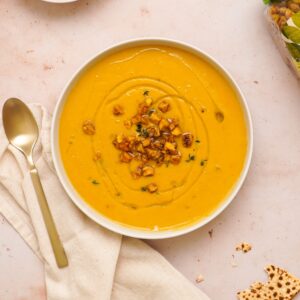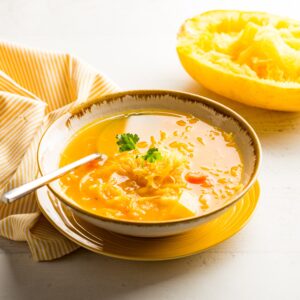Get It Done Right
| April 3, 2023
High heat, medium-high, a gentle simmer… What do all these terms mean, and do they actually make a difference in the recipe I’m making?
Generally, when one follows a recipe that requires stovetop cooking, the recipe will include a directive regarding how hot (or not so hot) the stovetop should be. This can lead to some confusion about exactly what these terms mean, or, more often than not, might be disregarded because the recipe follower doesn’t think it matters.
I’m Danielle, an avid cook and recipe developer, and I’m here to tell you that it matters very much!
In fact, it can be the difference between a perfectly delicious, full of flavor, umami-packed steak and a bitter, sadly dried out piece of meat.
The good news is, though, that once you understand the difference between all these terms and why they matter, you’ll instantly up your food game for almost no effort! I mean, you may have to adjust the fire or temperature of your stovetop, but that’s literally all I’m going to ask you to do today!
What You’re Doing and Why
Let’s dive right in and break down all these terms.
Depending on what type of stove you have, you’ll either use a number system to regulate the heat (the lower the number, the lower the heat), or you’ll see an actual flame, which increases or decreases in size and strength when you turn the dial that controls it.
For the purpose of this article, we’re going to speak about a gas range that has an actual flame, but see the sidebar for a quick guide to the number system, so that if your stove uses that to adjust the temperature, you have a reference for that too.
Every food has a different density. When we apply heat to food to achieve certain results, we need the heat to penetrate through the entire item we are cooking in order to see results. That means that when we’re sautéing onions for the purpose of say an onion jam, we need the center of each piece of onion to break down and soften before the outside of that piece of onion burns. Proper heat regulation on your stove is essential to making that happen.
For today, we’re going to use steak as a cooking guide because it’s something everyone understands and has very specific preferences regarding how they choose to eat it. The size of the flame (i.e., the amount of heat you apply to your pan) will directly affect the outcome of the steak.
Suppose you place a pan on a very large flame. The pan quickly becomes very hot. You add a few drops of oil that instantly begin to smoke and immediately place a steak on the pan. What will happen?
Oops! We could not locate your form.








